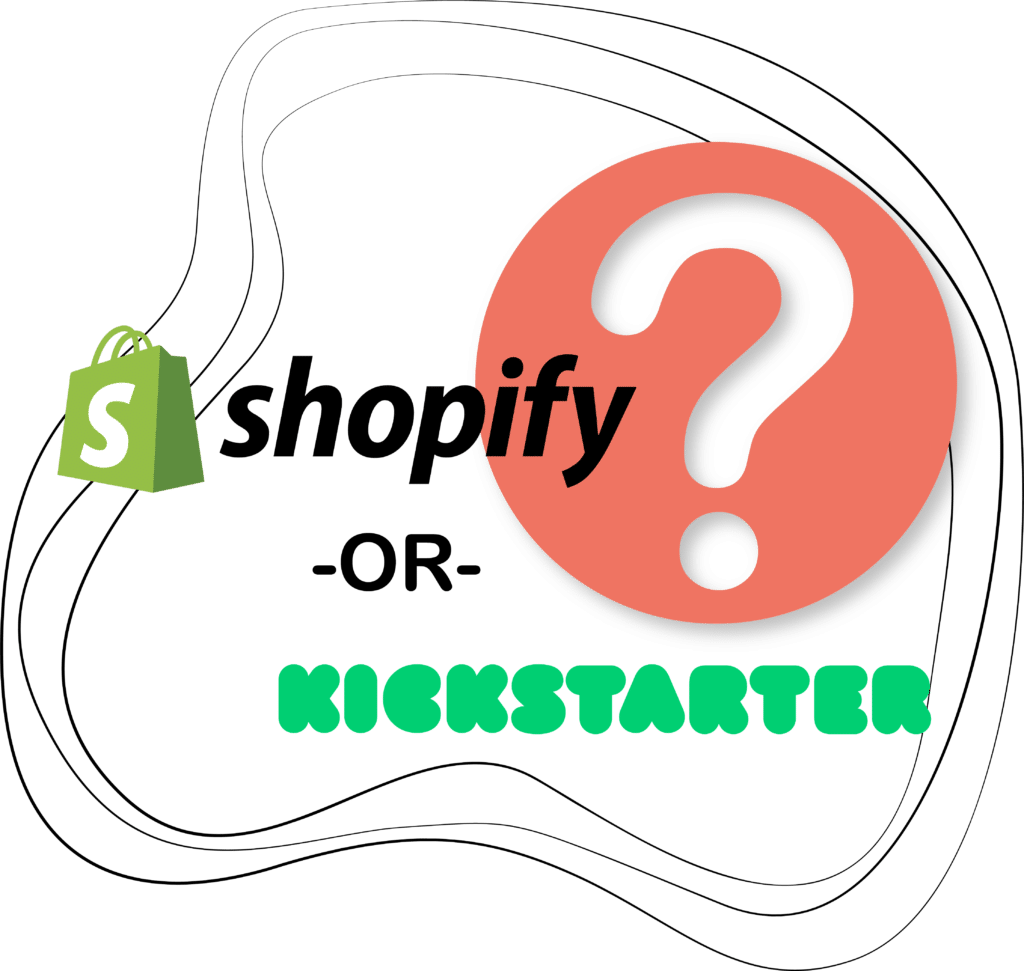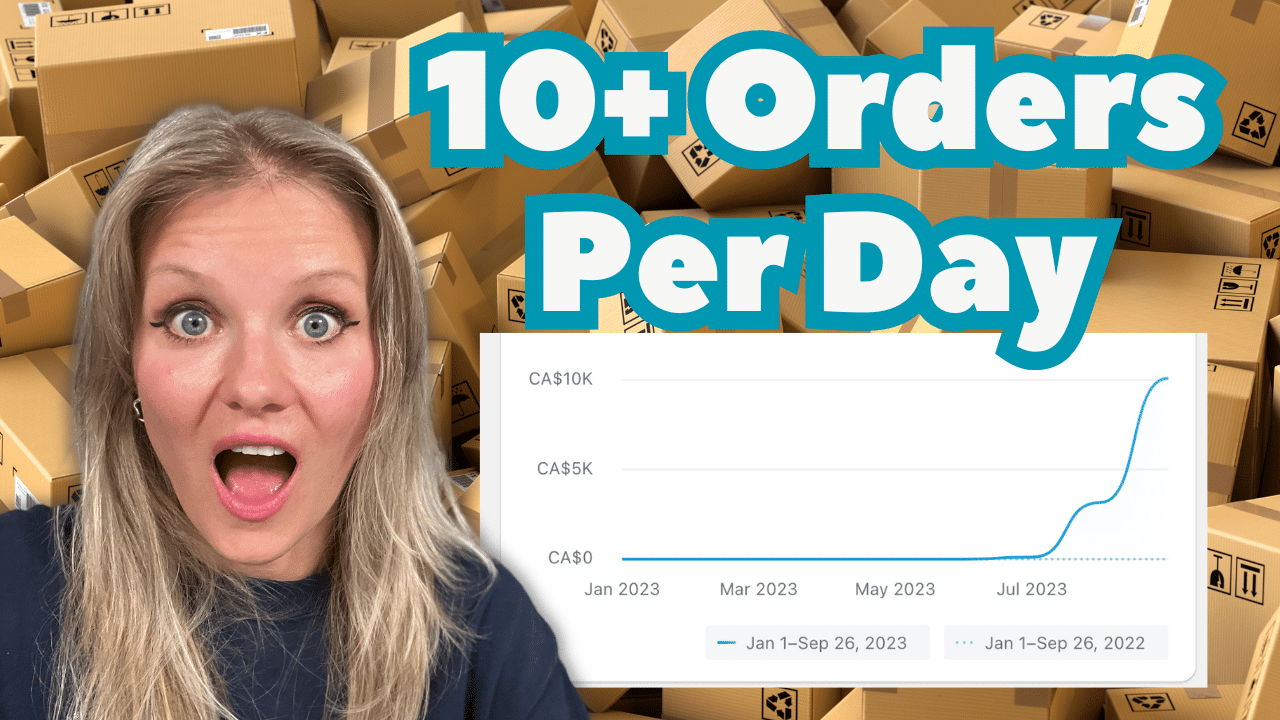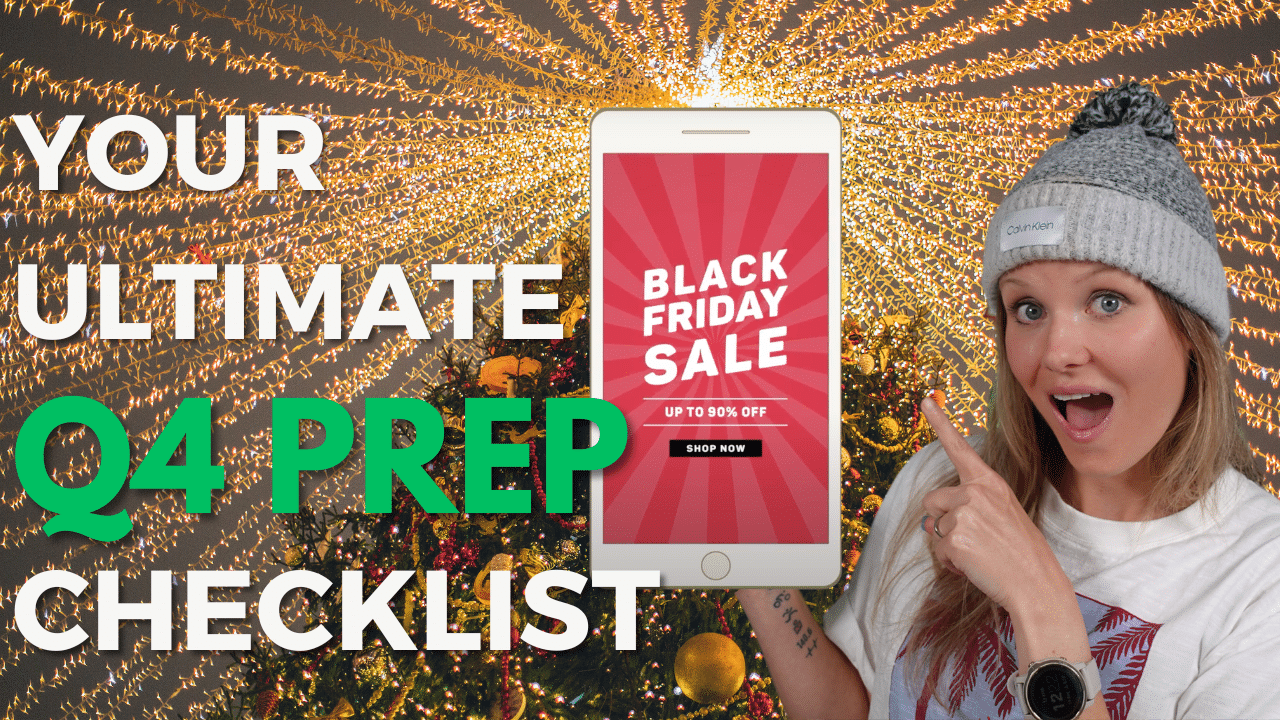In the bustling world of e-commerce, an age-old debate continues to stir: Should you kickstart your venture on Amazon or Shopify?
This perennial question has sparked passionate discussions among online sellers. Each side staunchly defends their approach, making it challenging for newcomers to decide the best route.
Each side presents compelling arguments, but the ultimate choice depends on your product, strengths, and aspirations.
Today, we unravel the journey from Shopify to Amazon, highlighting the nuances and strategic considerations that pave the way for a successful e-commerce venture.
The Origin Story
This discourse originated from a somewhat light-hearted LinkedIn post by Brett, our guest, who playfully pitted the Amazon-first advocates against the Shopify-first proponents.
The ensuing engagement was nothing short of lively and, at times, fervent.
As we delve into this debate, we’ll explore the rationale behind these stances and help you gain a clearer perspective on which path aligns with your unique product and aspirations.
Is Amazon the Right Starting Point for Your Business?
Amazon’s colossal traffic and established trust provide an ideal launchpad for product-oriented entrepreneurs.
This streamlined experience, coupled with the platform’s uniform layout, fosters instant trust and encourages swift conversions.
Beginning here allows you to leverage Amazon’s immense marketplace, tapping into its pre-existing customer base and generating sales from the get-go.
Amazon’s customer reviews, diligently vetted and verified, inspire trust and propel shoppers toward confident decisions.
Your focus, in this case, should center on optimizing your product listings to ensure visibility and conversions.
If driving traffic, crafting compelling offers, and building a distinct brand isn’t in your skillset, Amazon could be your silver lining.
Amazon’s traffic and trust mitigate the need for advanced marketing prowess, letting your product shine within a high-conversion ecosystem.
Consider, though, that starting on Amazon is not a guaranteed shortcut to success.
As the marketplace grows increasingly competitive, standing out requires innovative differentiation and strategic positioning.
Is Launching Your Business on Shopify the Right Choice?
On the flip side, launching on Shopify offers distinct advantages.
This approach is particularly appealing if you’re adept at traffic generation, crafting offers, and brand-building.
By establishing your e-commerce venture independently, you cultivate a unique brand identity and enjoy more control over customer relationships.
Starting on Shopify empowers you to shape your online presence, convey your brand’s story, and foster lasting connections with your audience.
However, be prepared to put in the effort to drive traffic to your website, as Shopify doesn’t offer the ready-made traffic Amazon does.
Moreover, beginning on Shopify can protect your brand’s perceived value, especially if you’re offering premium or unique products.
Commoditized competition on Amazon can sometimes dilute the value of distinctive brands.
Should you go to Shopify First, and Amazon Next?
Surveying the landscape, a prevailing sentiment echoes: 61% of respondents suggest starting on Shopify before venturing to Amazon.
This sequence harmonizes with the notion that mastering brand-building and traffic generation sets you on a robust trajectory.
Transitioning from Shopify to Amazon with a strong brand and established customer base propels your product into an even broader market.
Your loyal following and social proof provides a solid foundation for Amazon’s success.
A Caveat for New Product Launches
When launching a new product, heed the advice of market testing.
Shopify provides an ideal playground for cohort testing, refining product offerings, and receiving feedback without the pitfalls of public Amazon reviews.
An off-Amazon start allows you to tweak your product based on consumer insights and create an enticing proposition.
This strategy safeguards against negative reviews that can tarnish your brand on Amazon, as you launch with a product that has been thoroughly battle-tested.
Is Diversification the Key to E-commerce Resilience?
While the Shopify-to-Amazon journey proves advantageous, a word of caution prevails: e-commerce resilience thrives on diversification.
Placing all your eggs in one platform’s basket can lead to instability, as platform changes, algorithm tweaks, or hijacking can impact your business overnight.
Embrace an omni-channel approach, leveraging the strengths of multiple platforms, to safeguard your e-commerce empire.
In the grand scheme, whether you commence your journey on Amazon or Shopify depends on your product’s nature and your entrepreneurial strengths.
Yet, as the e-commerce landscape evolves, transitioning from Shopify to Amazon, fueled by brand loyalty and traffic-driving expertise, emerges as a strategic step toward sustainable success.
The ultimate goal? A thriving e-commerce venture that stands strong across multiple channels, securing your place in the digital marketplace’s ever-changing tapestry.
An In-Depth Case Study
Embarking on the journey, some choose to bypass Amazon initially, as was the case with Movi, a premium product with a lofty price point.
The aim was clear – build the brand’s identity, foster its essence, and cultivate a dedicated following.
Starting on Amazon could potentially expose Movi to price objections that could hinder early traction.
Instead, the brand-focused approach of Amazon allowed Movi to shape perceptions and differentiate itself as a high-quality, unique offering.
By priming the audience prior to entering Amazon, the transition became seamless and effective.
The Power of Pre-Framing and Off-Amazon Brand Building
Movi’s strategic move to establish its brand identity before stepping onto Amazon’s platform showcases the power of pre-framing.
In the context of this approach, “pre-framing” denotes the deliberate process of molding and guiding individuals’ perceptions and anticipations concerning a product or brand before they encounter it within a specific environment or platform.
By generating interest and recognition outside of Amazon, potential buyers approached the platform with a predisposition to view Movi as a premium, high-value product.
This pre-framing strategy set the stage for success on Amazon, minimizing the risk of price objections and fostering a mindset of value appreciation.
How To Navigate Pricing and Margins With Shopify
Strategically pricing your product is paramount.
A product’s price influences your traffic options and e-commerce potential.
On Shopify, you have the flexibility to craft an offer that encompasses margin and acquisition cost, positioning your brand for growth.
Pricing below a certain threshold restricts your traffic channels and can undermine your e-commerce journey.
Navigating this delicate balance is pivotal to thriving beyond Amazon.
In Conclusion
The dynamic between Shopify and Amazon continues to intrigue e-commerce enthusiasts.
The Amazon vs. Shopify debate is not one-size-fits-all.
The decision hinges on your strengths, product nature, and brand aspirations.
Amazon grants you immediate access to a vast marketplace and a pool of potential customers.
Shopify empowers you to carve your brand’s identity and strengthen customer relationships.
However, the trajectory is clear – if your brand-building expertise and traffic-generation skills allow, starting on Shopify can set the stage for Amazon’s success.
This strategic sequence offers a smoother pathway, empowering you to build a dedicated following, establish a brand narrative, and set competitive pricing.
As the e-commerce landscape evolves, transitioning from Shopify to Amazon with a brand that’s already etched in consumers’ minds emerges as a powerful strategy for sustainable success.
Choose your path wisely, and let your brand’s journey shape the digital marketplace.We work with online sellers to build a million-dollar D2C channel in 12 months or less on Shopify without relying on Amazon.
To learn more about partnering with us, click here.





